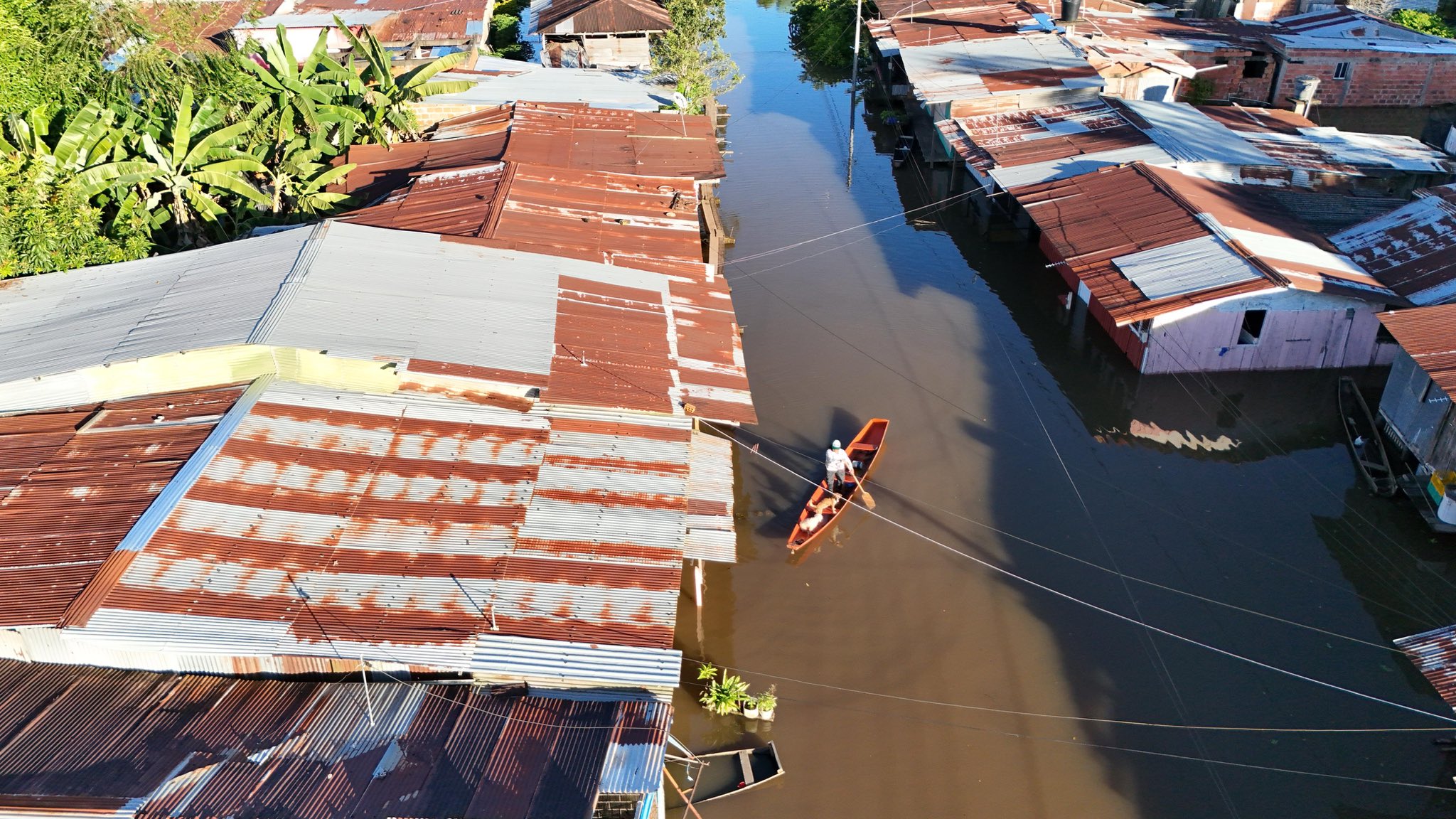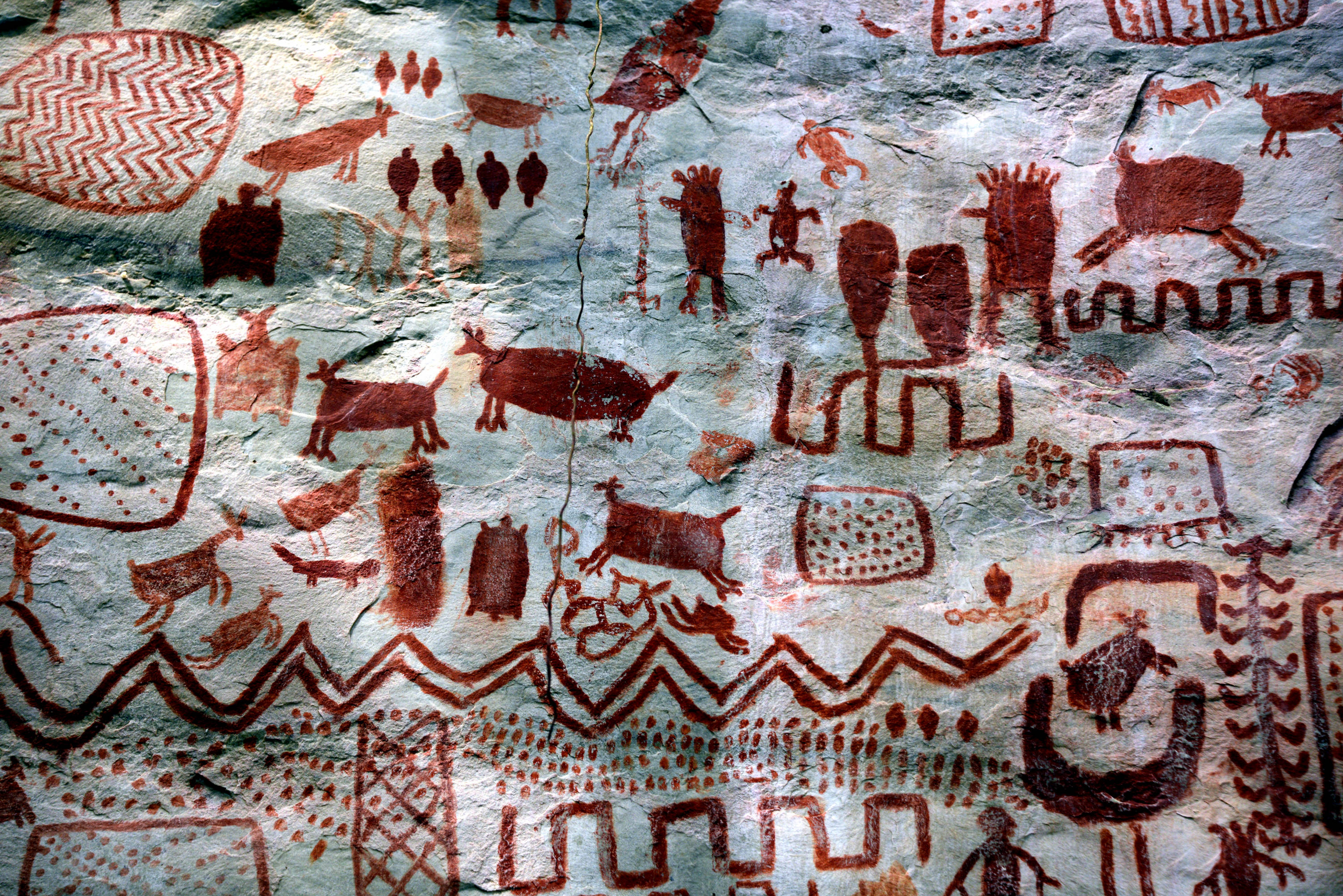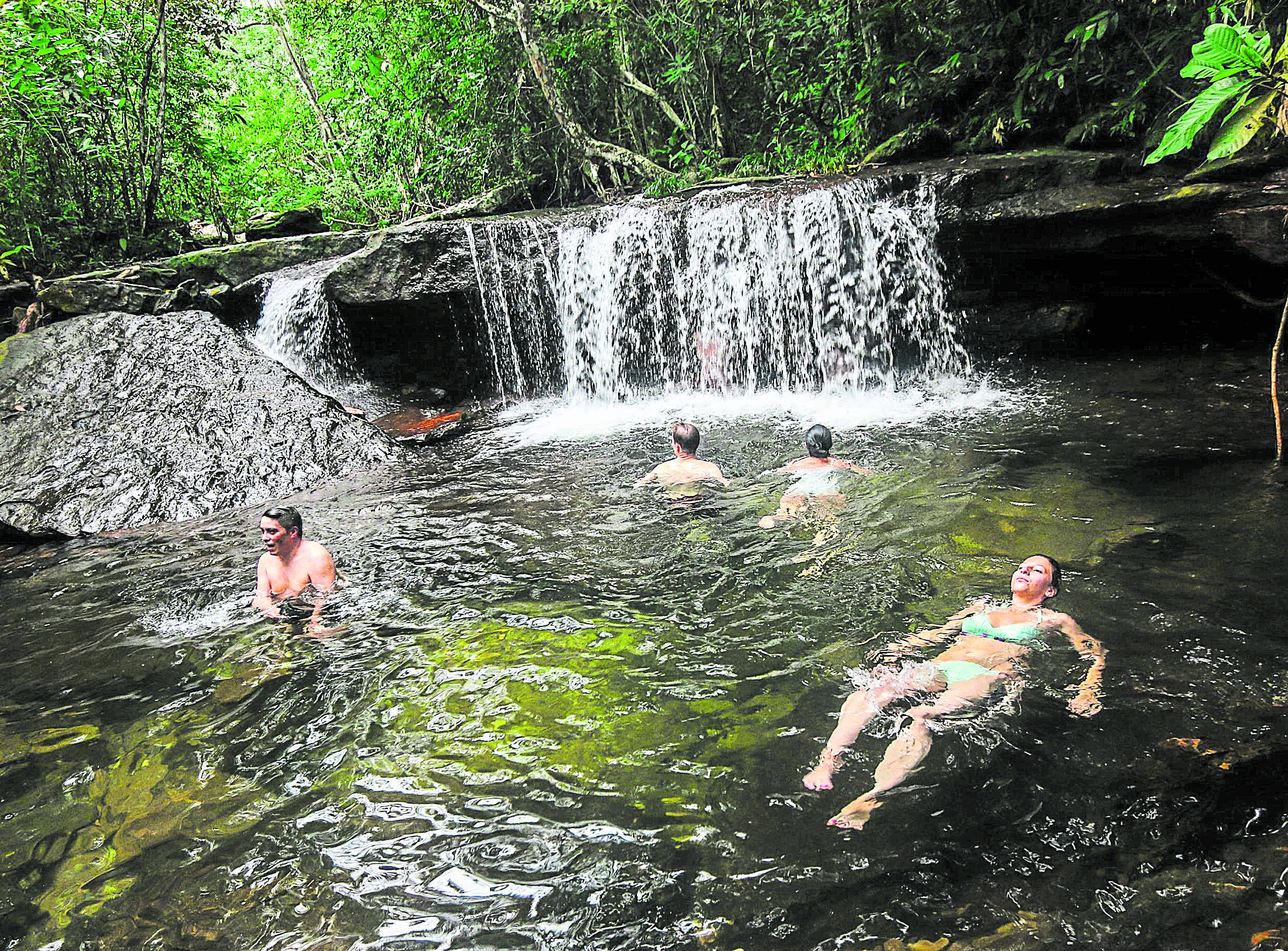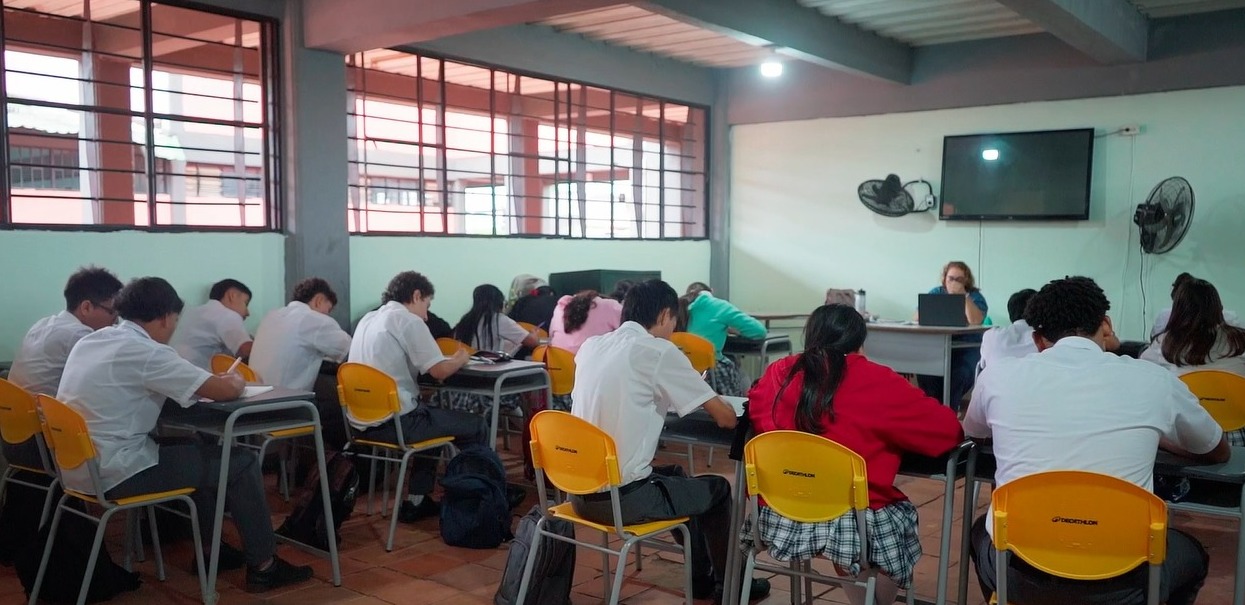'We haven't received the first aid from UNGRD after three months of emergency': Mayor of San José del Guaviare amid historic flooding

In Bogotá, during a Decathlon school furniture delivery event for his municipality, the mayor of San José del Guaviare, Willy Alejandro Rodríguez, spoke about the difficult situation facing his region after the worst flooding in 40 years, and explained how he aims to destigmatize the area by promoting tourism as an economic driver.
San José del Guaviare is currently experiencing one of its most critical emergencies in decades. Heavy rains caused the Guaviare and Guayabero rivers to overflow their banks, affecting more than a dozen urban neighborhoods and dozens of rural areas. However, despite having met the requirements and declared an emergency, the mayor states that "after three months, we have not received the first aid from the National Unit for Disaster Risk Management (UNGRD)."

In June, the Guaviare River reached 10.09 meters, its highest level ever. Photo: San José del Guaviare Mayor's Office
In an interview with EL TIEMPO, Rodríguez also made a strong appeal to the national government and the private sector to pay greater attention to remote regions, acknowledging that, although they have found support from companies like Decathlon, institutional neglect remains evident. The French multinational donated more than 5,800 school supplies—including chairs, desks, and blackboards—to strengthen education in this region of the country, also affected by violence.
In addition to highlighting the humanitarian crisis facing the municipality, the governor insisted on changing the image of Guaviare, historically associated with conflict, and positioning it as a world-class tourist destination. He highlighted the potential of natural attractions such as ancient cave paintings, pink dolphins, and unique rocky landscapes. "We want to make tourism the municipality's second largest economic source," he said.

The mayor of San José del Guaviare, Willy Alejandro Rodríguez. Photo: San José del Guaviare City Hall
Our department of Guaviare is made up of four municipalities: the capital, San José, of which I am mayor, El Retorno, Calamar, and Miraflores. Guaviare is incredibly rich in terms of tourism and the environment. This natural wealth has allowed us to begin showcasing special, magical sites, such as the cave paintings, which date back 10,000 or 12,000 years. They have even been compared to the Sistine Chapel for their universal value. This has allowed us to attract a lot of tourism, even from abroad. We want to position tourism as the image of the municipality.
What other tourist attractions do they have? We have rock formations, lagoons, rivers, and streams that are home to species like pink dolphins. There are also spectacular sites inhabited by the last green nomads: the Nukak, who also require government support. We want to turn tourism into an important resource for Guaviare's economy. We are leaving behind illicit crops and moving toward legality, but we require the support of the government, ministries, and the private sector.

Pictographs of Cerro Azul in Guaviare. Photo: Andrés Hurtado
As mayor, we promote municipal festivals. There's a departmental event called Yuruparí de Oro, which attracts international acclaim from countries like Venezuela for its artistic expression, music, and indigenous dances. We want this type of approach to grow, although the presence of illegal armed groups overshadows this effort. Even so, we're insisting on changing that perception.
You've insisted on destigmatizing Guaviare. What's the real security situation like in the tourist area of San José? The department is very large. The municipal seat, San José, is guaranteed security by the Police, Navy, Army, and other special forces. Unfortunate events occur more than 100 kilometers from the urban center or in remote areas. It is not true that all of Guaviare is in conflict. There are places like Laguna Negra, the Natural Bridges, Orion's Gate, Ciudad de Piedra, the natural wells, and the cave paintings of Nuevo Tolima, which are completely safe and very close to the urban center.

Guaviare is located between the Orinoquia and the Amazon. It has no more than 113,000 inhabitants. Photo: Mauricio Moreno
Floods occur every year, but a surge like this hasn't been seen in 40 years. The water level rose more than 10 meters and 15 centimeters. The Guaviare and Guayabero rivers overflowed, affecting 13 neighborhoods in San José and more than 43 villages. Families lost homes and crops such as plantains, cassava, rice, corn, and yams. Roads were also damaged, and access to many rural areas was difficult. Three months later, we have not received the first aid from the National Risk Management Unit. Despite having declared an emergency and fulfilled all the requirements, the response has been null.
Today we're at an event with Decathlon announcing a donation. What does this kind of support mean to you? I recognize the support of local partners, and today, with this tax-for-work strategy, the education sector can be strengthened. I deeply thank Decathlon for this aid in school furniture. We have a significant gap in educational infrastructure, and this is good news for our children. It will undoubtedly be welcomed in the municipality's schools.

Decathlon donated more than 5,800 school supplies to boost education in San José del Guaviare. Photo: Decathlon
Guaviare awaits you. It's a region made up of families who arrived more than 50 years ago to establish their homeland. Today, due to its environmental and tourism richness, it can be a special destination for Colombia and the world. I invite you to explore this region and speak directly about its benefits.
Environment and Health Journalist
eltiempo




